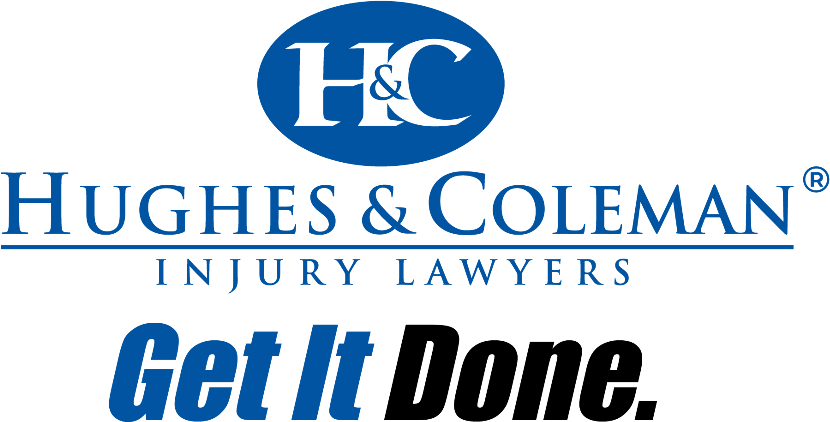-
We have come a long way from the days since the U.S. highway system was established in 1927. Back then, a map was the only method you had to find your way to your destination. This manual system would often lead to drivers getting lost, sometimes in dangerous situations like a crime-ridden area of town or a stretch of rural land with no gas stations in sight.
Now, we have navigation systems that are freely available to people of most income levels. These systems can prevent dangerous interludes and quickly direct people towards necessary services like hospitals.
At the same time, the use of electronic devices while driving has always invited risk as well as deeper questions of products liability. In this light, explore some of your options for navigating with smartphone apps below as well as how to stay safe while using them.
Options for Navigation While Driving
Modern day drivers have many options at their disposal for electronic, GPS-guided navigation. First are embedded units within the vehicles. These may be installed by the manufacturer, dealer or an aftermarket third party within the center console of the vehicle.
Largely, these embedded units are not as popular as other available options. Many owners even report that they rely on their smartphones instead because they become frustrated with user interfaces that make inputting destinations cumbersome.
Another option for drivers lies in Personal Navigation Devices or PNDs. Amazon bestseller lists reveal that Garmin products are the most popular of these, but data from Statista shows that purchases of PNDs have declined since 2008, uncoincidentally the same year the iPhone 3G launched with built-in GPS technology.
Now that hundreds of millions of people worldwide own smartphones with built-in GPS systems, navigation apps are quickly overtaking vehicle-based units and dedicated devices. These navigation apps remain some of the most popular apps available, as indicated by the fact that when the Google Maps app was released for iOS, it quickly shot to the top of App Store download charts and became the most-used app in the world at the time.
Best Navigation Apps
According to the New York Daily News, the following are the most popular navigation apps for 2016:
- Apple Maps — Installed by default on all iOS devices, this app is easy to use and integrates well with other phone functions, but lacks many expected features.
- Google Maps — Still a market leader, the Google Maps app constantly updates map data while adding new features and optimizing existing ones.
- Waze — Waze has gained support for its ability to crowdsource traffic, accident and roadwork data from its user base.
- inRoute — An up-and-coming option, inRoute lets users plot not just a destination, but necessary stops in between with trips of up to five intermediate stops on the free version.
- HERE — The HERE app team’s Uber-like dedication to hiring contractor drivers for mapping vehicles and leveraging cloud-based technologies has caught the attention of auto giants such as Audi, Mercedes-Benz and BMW, who bought the company collectively for $3 billion.
Navigation App Safety and Possible Product Liability
While people seem to appreciate the convenience and flexibility of smartphone-based navigation compared to dedicated GPS devices or embedded vehicle systems, the latter two tend to consider questions of driver safety more readily.
Specifically, most vehicle navigation systems forbid interaction while the vehicle is in motion. Many GPS devices do not restrict access in this way, but they do display prominent warnings upon being powered up.
Many smartphone navigation apps have similar warnings to keep your eyes on the road while driving, but they lack the dedicated functionality of the other two product types. A pending lawsuit related to a fatal 2013 accident in Texas highlights the risk that smartphones introduce when they tempt drivers to look at their screens. As people view their navigation app, for instance, they might be more tempted to respond to a text message that pops up on screen.
Others may focus too heavily on navigation instructions instead of watching the road ahead of them, regardless of the product type. A fatal crash in Indiana where the driver of a vehicle followed GPS instructions off the end of a derelict bridge illustrates this risk.
How Navigation App Users Can Stay Safe
So how can drivers avoid distraction? Many experts suggest reviewing the route in close detail before disembarking, lessening dependence on GPS systems as critical route segments approach.
Others, such as the representatives of the plaintiff in the above-mentioned Texas case, think that smartphone manufacturers and service providers must recognize the addictive qualities of smartphones and pursue technology that could prevent drivers from using them altogether while the vehicle is in motion. They argue that not developing such safeguards creates unnecessary risks and potential liability for the indirect results of their actions.
We at Hughes & Coleman will continue to study the legal questions and technology surrounding this issue as they develop. In the meantime, drive safely and keep your eyes on the road.
Also remember that you have the right to pursue legal action in regards to personal injury or death that may or may not have resulted from defective products design within smartphones, navigation apps or telecommunications service providers.
If you feel that you could have use a products liability attorney to represent you in a case related to these issues, do not hesitate to contact us today at 800-400-4600 or by using our contact form below.
Get In Touch Today!
We offer free consultations 24/7 and there will always be someone here to take your call. Call our personal injury lawyers today for a free consultation or fill out this form and we will contact you.
We serve clients across Tennessee and Kentucky and we have several offices throughout both states. See all of our locations and contact us today.

